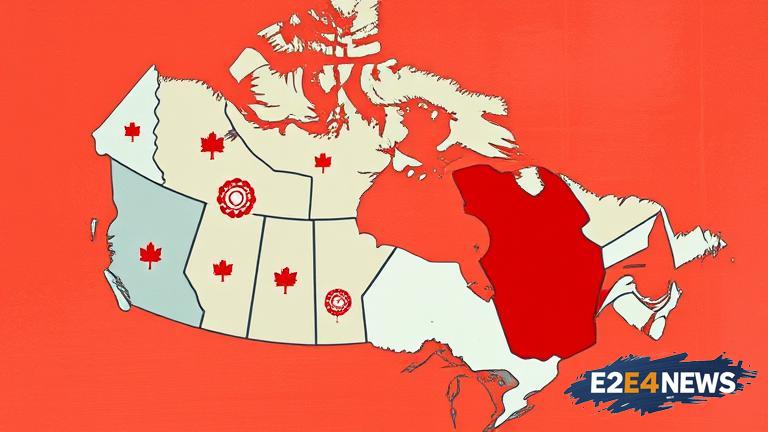The Canadian government had set a target of 5% Indigenous procurement for federal departments, but many are struggling to meet this goal. According to recent reports, several departments have fallen short of the target, with some not even reaching 1% of their procurement spending going to Indigenous-owned businesses. This is a significant issue, as the government had hoped to increase economic opportunities for Indigenous communities through procurement. The target was set as part of the government’s broader efforts to reconciliation with Indigenous peoples. However, it appears that more work needs to be done to support Indigenous-owned businesses and help them compete for government contracts. The federal government has acknowledged the challenges and is working to improve its procurement processes to make it easier for Indigenous-owned businesses to participate. This includes providing more training and support for Indigenous businesses, as well as increasing awareness among government departments about the importance of Indigenous procurement. Despite these efforts, many Indigenous-owned businesses are still facing significant barriers to accessing government contracts. These barriers include a lack of access to capital, limited business experience, and a lack of awareness about government procurement opportunities. To address these challenges, the government is working to increase funding for Indigenous business development programs and to provide more support for Indigenous businesses looking to access government contracts. The government is also working to improve its data collection and reporting on Indigenous procurement, to better track progress and identify areas for improvement. Overall, while the government’s 5% Indigenous procurement target is an important step towards reconciliation, more work needs to be done to support Indigenous-owned businesses and help them succeed. The government must continue to work to address the barriers facing Indigenous businesses and to provide more support and opportunities for them to grow and thrive. This will require a sustained effort and commitment from all levels of government, as well as from the private sector. By working together, it is possible to increase economic opportunities for Indigenous communities and to help them achieve their full potential. The issue of Indigenous procurement is complex and multifaceted, and it will require a comprehensive and coordinated approach to address. The government’s target is an important step in the right direction, but it is only the beginning. Further action is needed to support Indigenous-owned businesses and to help them access government contracts. This includes providing more funding for business development programs, increasing awareness about government procurement opportunities, and improving data collection and reporting. By taking these steps, the government can help to increase economic opportunities for Indigenous communities and to promote reconciliation. The government’s efforts to support Indigenous procurement are part of a broader strategy to promote economic development and self-sufficiency in Indigenous communities. This strategy includes a range of initiatives, such as funding for business development programs, support for Indigenous entrepreneurship, and investments in Indigenous education and training. By working to increase economic opportunities for Indigenous communities, the government hopes to promote reconciliation and to help Indigenous peoples achieve their full potential. The issue of Indigenous procurement is an important one, and it requires a sustained effort and commitment from all levels of government, as well as from the private sector. By working together, it is possible to make a positive difference in the lives of Indigenous peoples and to promote a more equitable and prosperous future for all Canadians.
